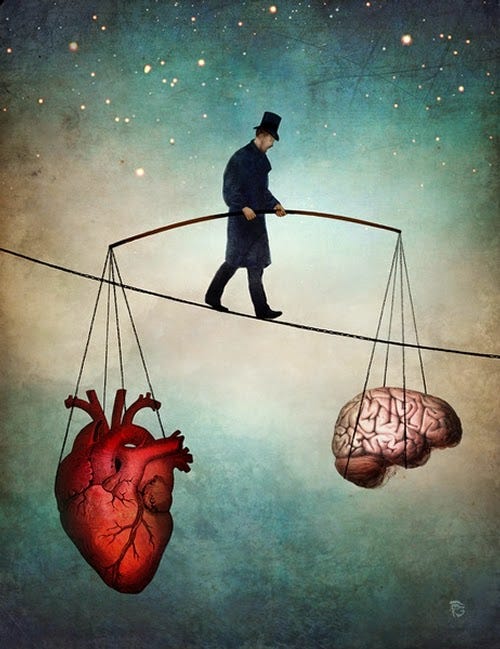The Coalition of the Rational
Image credit: Christian Schloe
“Divisive times”
“Deeply divided”
“Too polarized”
Variations of these statements are often used to describe the current state of things in the United States.
I call bullshit.
I don’t think the majority of Americans are divided. About 70% of us have similar views on almost every major issue. There is general agreement on a set of problems that need to be solved, rights that need to be protected, and ideals to be upheld. The differences are around policy; how we will solve these problems. This is why the debate about student loan debt is so refreshingly normal: agreement on the problem, disagreement on the policy. Ahhhh. The sweet tension of a representative republic.
I also challenge the enter premise of how the term “polarization” is being used. First, polarization is not a bad thing. It is similar to how “chaos” is misused as a subtly misogynistic fear of disorder (the original and proper use is a description of the creative energy of the feminine). Or that “stoic” means to be emotionless (when it actually means not letting your emotions control you and being non-dualistic in your view of life). Polarization is essential for change. It is the dance of the yin and the yang; the creative power of union between masculine and feminine. It is, as the mythologist Michael Meade says, “an invitation to create something new.”


